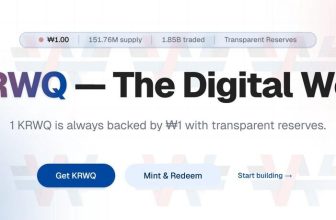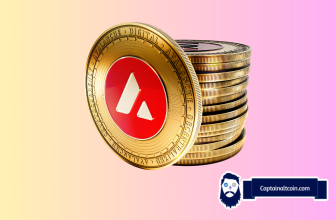
In the rapid-fire world of crypto markets, the rising prominence of Telegram bots has recently taken center stage. One such player, Unibot, part of the $UNIBOT project, has seen significant growth, achieving a valuation of over $100 million and generating revenue surpassing $5.5 million in just two months. These figures speak volumes about the untapped potential of crypto trading bots.
Though skepticism looms large in any volatile market, one particular project has managed to catch the eye of seasoned market analyst Alan Nguyen. Enter WagieBot, developed by the @0xWagieBot project, another player in the increasingly competitive crypto bot landscape.
The trend we often see in the crypto sphere is that once a leading coin defines a new narrative, attention is quickly drawn towards potential successors that might ride the same wave. With Unibot crossing the $100 million mark, the stage is set for up-and-coming projects to follow suit. Many of these bring unique value propositions to the table, deriving their income from bot functionalities and tax mechanisms.
In Nguyen’s analysis, WagieBot holds promise to be the next potential game-changer. This claim is backed by WagieBot’s unique features, including multi-chain sniping, trading, copy trading, and trade tracking. The bot also boasts of integration with GMX, a platform that facilitates long-short trading on Telegram.
The integration of perpetuals – contracts in the crypto world that allow traders to hold a position indefinitely without the need to roll over into a new contract – also represents a significant step forward for WagieBot, offering a valuable trading service through a simple Telegram interface.
In terms of speed, a comparison between Maestro, Unibot, and WagieBot reveals WagieBot’s clear dominance, with a response time of only 0.2 seconds, ten times faster than Unibot and three times faster than Maestro.
To understand the potential success of WagieBot, Nguyen draws parallels with Unibot’s winning formula: demand-driven products, high trading volumes, a fair launch token with no pressure from private investors, and a lucrative offer where token holders receive a significant portion of the fees.

In a span of two weeks, WagieBot managed to generate around 447 ETH (approximately $828,000), predicting a monthly revenue of around $1.5-$2 million. This places WagieBot in a similar revenue bracket as Unibot.
WagieBot’s tokenomics also follow a fair launch model, with a buy/sell tax of 4%, and incentives for holders to receive additional bot benefits. With liquidity and volume exceeding $1 million, and a market cap of around $9 million, there seems to be little sell pressure from private investors.
Looking towards the future, the WagieBot team plans to roll out exciting new features, coinciding with the upcoming release of GMX v2. The developers are actively rectifying bugs and enhancing bot performance, supported by an engaged and enthusiastic community.
Despite these promising developments, Nguyen also warns of potential risks. WagieBot is still a young project, with relatively fewer users at this stage. Its market cap is still below $10 million, meaning it’s a high-risk investment that warrants caution. As always, potential investors should only allocate a small portion of their portfolio to such risky assets.
In the world of crypto, opportunities abound, but only time will tell if WagieBot can truly rival or even surpass the success of Unibot.








